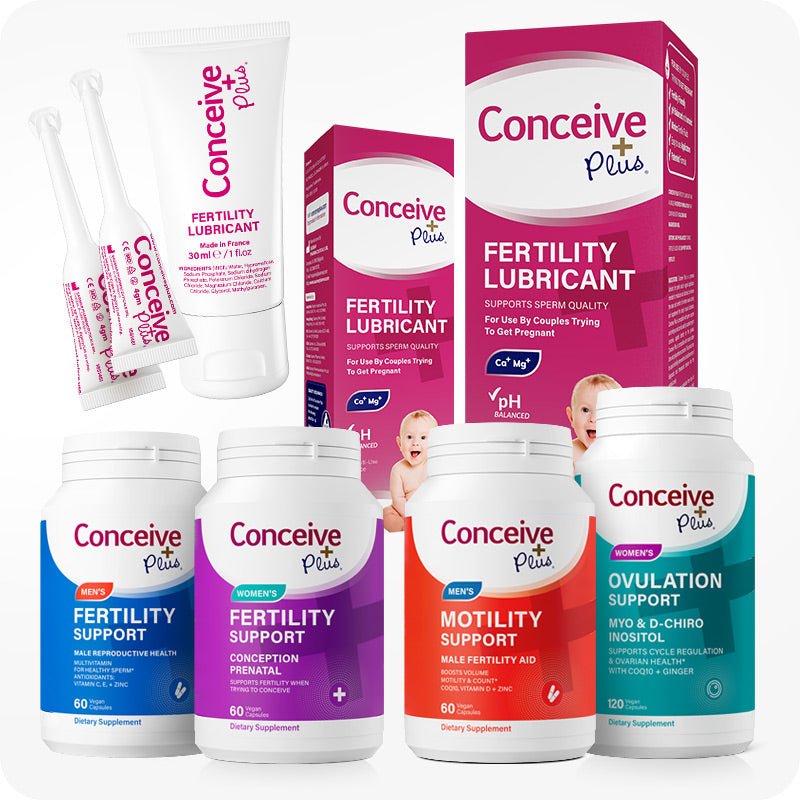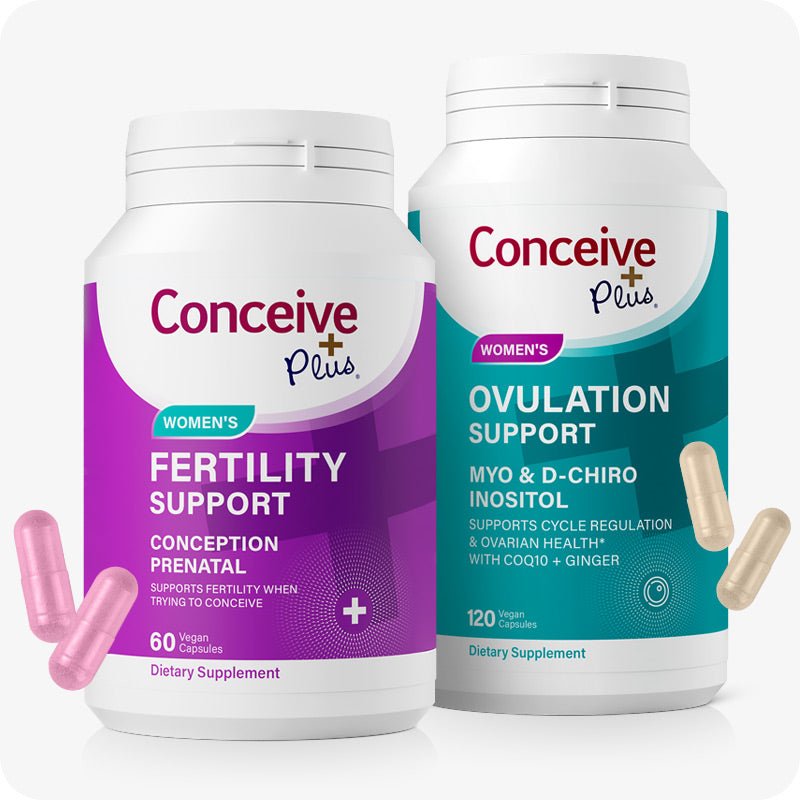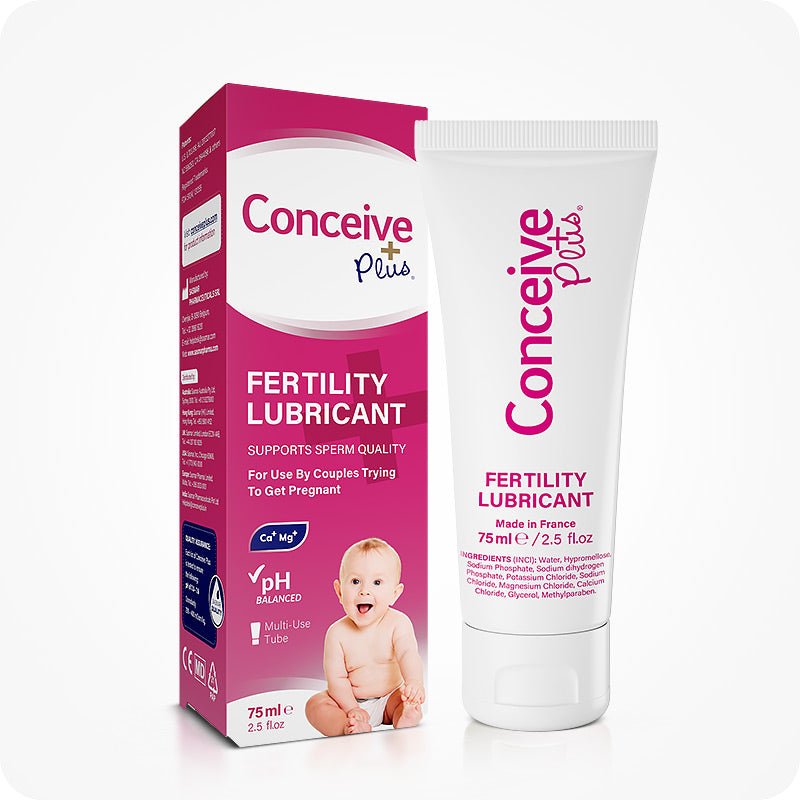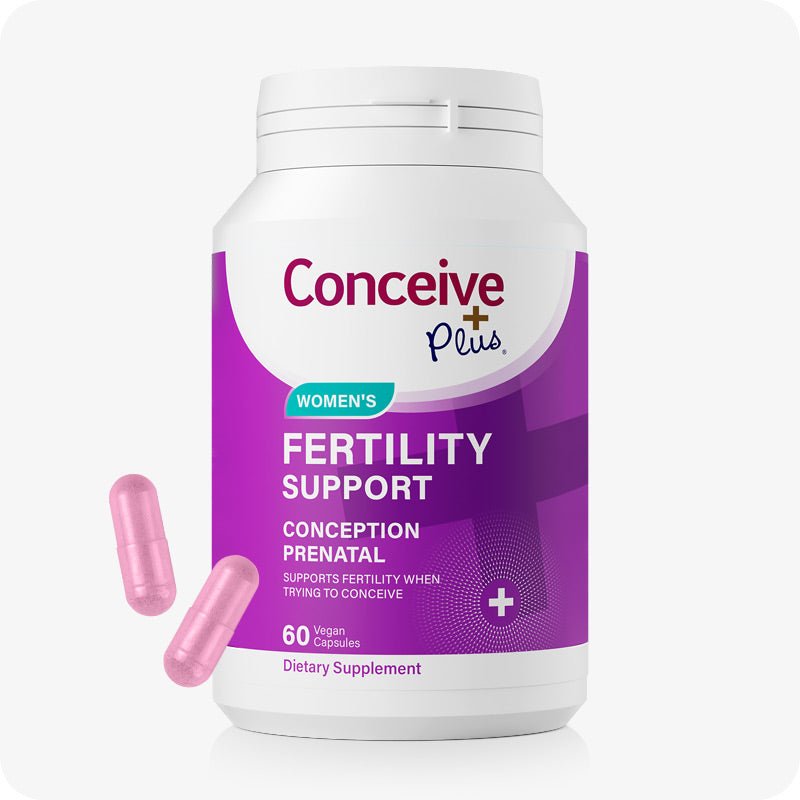Impregnate Wife: A Comprehensive Guide to Boosting Fertility and Achieving Pregnancy

Starting a family is a deeply personal and exciting journey, filled with hope and anticipation. However, for many couples, the process of conception is not always immediate and may require patience, planning, and effort. While some couples achieve pregnancy within a few months, others may face challenges that necessitate lifestyle changes or medical support. If you’re looking to impregnate my wife, understanding the biological factors involved, making informed health choices, and correctly timing intercourse can greatly enhance your chances of success.
Fertility is influenced by multiple elements, including age, health, nutrition, hormonal balance, and reproductive health in both partners. While women have a biological fertility window that typically declines with age, men also play a crucial role in conception. Healthy sperm with good motility, morphology, and concentration is essential for successful fertilization. If you’re actively trying to impregnate wife, focusing on these factors can significantly improve the odds of conception.
Beyond natural methods, advances in reproductive medicine have provided couples with additional options when conception does not happen easily. From tracking ovulation to improving overall health and considering medical interventions if necessary, there are multiple ways to increase the likelihood of pregnancy.
This guide will walk you through the essential steps to improve fertility, enhance reproductive health, and maximize your chances of successfully conceiving.
Understanding the Female Fertility Cycle
Conception is only possible when sperm meets an egg at the right time. However, many couples do not realize that there is a short window each month when pregnancy is most likely. Understanding when your wife is most fertile can greatly improve the chances of conception.
The menstrual cycle typically lasts between 28-35 days, though this can vary among individuals. Ovulation—when an egg is released from the ovary—occurs roughly mid-cycle, usually about 14 days before the start of the next period. After ovulation, the egg remains viable for only 12-24 hours. However, sperm can survive in the female reproductive tract for up to five days, meaning intercourse in the days leading up to ovulation can result in fertilization [1].
Tracking Ovulation
Since timing is crucial in conception, tracking ovulation can help predict the most fertile days. There are several reliable ways to do this:
1. Ovulation Predictor Kits (OPKs)
These at-home urine test strips detect the luteinizing hormone (LH) surge, which occurs 24-36 hours before ovulation. A positive test result indicates the best time to have intercourse.
2. Basal Body Temperature (BBT) Charting
A woman’s body temperature slightly rises after ovulation due to increased progesterone levels. Tracking BBT every morning with a thermometer can confirm ovulation, although it is not a great predictor for planning intercourse [2].
3. Cervical Mucus Monitoring
As ovulation approaches, cervical mucus becomes clear, stretchy, and slippery, resembling raw egg whites. This fertile mucus helps sperm travel through the cervix and survive longer [3].
4. Menstrual Cycle Apps
Several mobile apps track menstrual cycles and estimate ovulation based on previous data. While not always accurate, these tools can be helpful when combined with other ovulation tracking methods.
Why Tracking Ovulation Matters
Many couples mistakenly believe they can conceive at any time during the month. However, a woman is only fertile for about six days per cycle—the five days before ovulation and the day of ovulation itself. Having intercourse during this window greatly increases the chances of conception.
By understanding the fertility cycle and ovulation timing, couples can make informed decisions, improving their chances of successfully achieving pregnancy.
Optimizing Male Fertility
Sperm health plays a crucial role in conception. Healthy sperm should have strong motility, good morphology, and a high count. Here are some key ways to enhance male fertility:
1. Maintain a Healthy Diet
Foods rich in antioxidants, zinc, vitamin C, and folic acid can improve sperm quality. Incorporate leafy greens, nuts, seeds, and lean proteins to boost fertility [4].
2. Exercise Regularly but Avoid Overtraining
Moderate exercise improves testosterone levels and sperm production, but excessive training, especially with anabolic steroids, can negatively impact fertility.
3. Limit Heat Exposure
Excess heat can lower sperm count and motility. Avoid frequent use of hot tubs, saunas, and tight underwear that can raise testicular temperature.
4. Reduce Alcohol and Quit Smoking
Smoking and heavy alcohol consumption reduce sperm quality and lower testosterone levels. Cutting back can significantly improve sperm parameters [5].
Lifestyle Changes to Enhance Fertility
Both partners should prioritize health to increase the likelihood of conception.
- Maintain a Healthy Weight – Being overweight or underweight can affect hormone balance, leading to irregular ovulation or low sperm count.
- Manage Stress – Chronic stress elevates cortisol levels, which can interfere with reproductive hormones in both men and women.
- Get Enough Sleep – Poor sleep habits disrupt hormone production, affecting fertility. Aim for 7-9 hours of restful sleep each night.
Timing Intercourse for Conception
To increase the chances of pregnancy, couples should have intercourse during the fertile window—typically five days before ovulation and the day of ovulation itself. Studies show that having sex every other day during this period maximizes sperm availability while maintaining quality.
Positions and Myths
While no specific position guarantees conception, some believe that positions allowing deeper penetration, such as missionary or doggy style, can help sperm reach the cervix more efficiently. However, medical experts state that sperm movement is primarily driven by its own motility, rather than sexual position.
Medical Interventions for Fertility Challenges
If conception does not occur after 6-12 months of regular, unprotected intercourse (or six months if the wife is over 35), medical evaluation may be necessary.
1. Fertility Testing
-
For Women: Blood tests to check hormone levels, ultrasounds to monitor ovulation, and hysterosalpingography (HSG) to assess fallopian tube health.
Understanding reproductive health markers can be beneficial in identifying potential fertility challenges, and tests like the AMH test provide valuable insights into a woman's ovarian reserve, helping couples make informed decisions about conception.
- For Men: Semen analysis to evaluate sperm count, motility, and morphology.
2. Fertility Treatments
- Ovulation Induction: Medications like Clomid or Letrozole stimulate egg production.
- Intrauterine Insemination (IUI): Processed sperm is placed directly into the uterus to improve conception chances.
- In Vitro Fertilization (IVF): Eggs are retrieved, fertilized in a lab, and implanted into the uterus.
The Bottom Line
Successfully impregnate wife involves a combination of scientific understanding, proactive health measures, and strategic planning. The female reproductive cycle plays a crucial role in conception, and knowing the fertile window—the days leading up to and including ovulation—significantly increases the chances of fertilization. Since sperm can survive for several days inside the female reproductive tract, having intercourse at the right time ensures that sperm is available when the egg is released. However, timing alone is not enough; optimizing fertility in both partners is equally important.
For men, sperm health is a major factor in conception. Maintaining a balanced diet rich in zinc, vitamin C, and folate, engaging in regular physical activity, avoiding excessive heat exposure, and eliminating harmful habits such as smoking and heavy alcohol consumption can improve sperm quality. Women can enhance fertility by maintaining a healthy weight, managing stress, and addressing any underlying reproductive health conditions that might hinder conception.
If pregnancy does not occur after several months of trying, consulting a fertility specialist can provide valuable insights. Medical interventions such as fertility testing, ovulation-inducing medications, or assisted reproductive technologies (ART) like IUI or IVF may be recommended. With patience, persistence, and a well-informed approach, achieving pregnancy is possible for most couples.
References:
- Wilcox A J, Dunson D, Baird D D. The timing of the “fertile window” in the menstrual cycle: day specific estimates from a prospective study BMJ 2000; 321 :1259 doi:10.1136/bmj.321.7271.1259
- Steward K, Raja A. Physiology, Ovulation And Basal Body Temperature. [Updated 2023 Jul 17]. In: StatPearls [Internet]. Treasure Island (FL): StatPearls Publishing; 2025 Jan-. Available from: https://www.ncbi.nlm.nih.gov/books/NBK546686/
- UNC School of Medicine. Cervical Mucus Monitoring. Accessed- 05/Feb/2024. Available online: https://www.med.unc.edu/timetoconceive/study-participant-resources/cervical-mucus-testing-information/
- Skoracka K, Eder P, Łykowska-Szuber L, Dobrowolska A, Krela-Kaźmierczak I. Diet and Nutritional Factors in Male (In)fertility-Underestimated Factors. J Clin Med. 2020 May 9;9(5):1400. doi: 10.3390/jcm9051400. PMID: 32397485; PMCID: PMC7291266.
- Walter M, Gerhard U, Gerlach M, Weijers HG, Boening J, Wiesbeck GA. Controlled study on the combined effect of alcohol and tobacco smoking on testosterone in alcohol-dependent men. Alcohol Alcohol. 2007 Jan-Feb;42(1):19-23. doi: 10.1093/alcalc/agl089. Epub 2006 Oct 17. PMID: 17046963.














